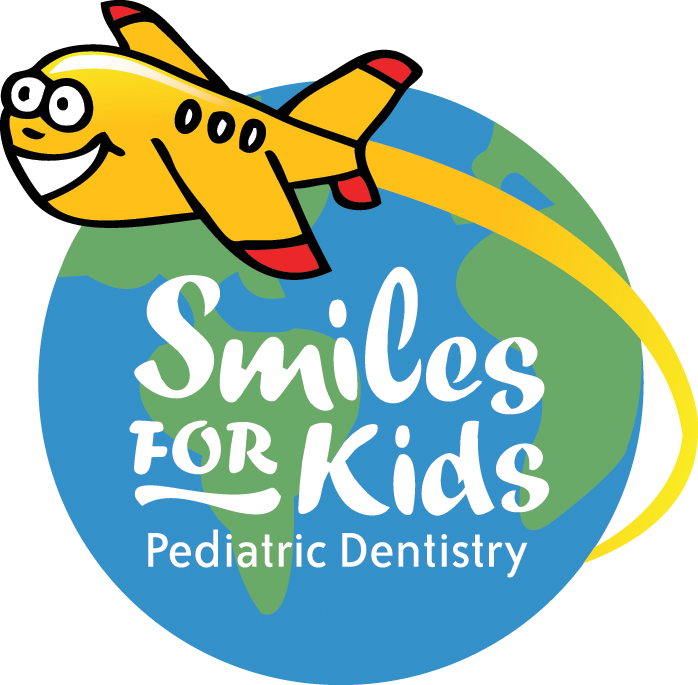Instructions for Healthy Braces
/Creating a healthy and beautiful smile is our mission for all our patients. To do so, we must also educate our patients as to what it takes for them to maintain healthy teeth, especially when it comes to having braces. Before starting the orthodontic process, our patients must have excellent oral hygiene and maintain it throughout the entire braces process. This will ensure a great final result.
Once braces or orthodontic appliances are bonded onto teeth, it is much more difficult to brush and keep teeth clean. This puts patients at a high-risk category for tooth decay (cavities) while in braces. Since braces are a one-to-two-year process we take oral hygiene very seriously. For this reason, we review specific instructions on how to care for the braces or appliances. We recommend certain diet restrictions which we call our “Braces Watchers Diet” that are recommendations of which foods to eat and which to avoid while in braces. Some of them commonly cause cavities such as candies and sodas, some can break brackets and bands. If there ever was a time to avoid drinking sodas, having braces would be it! Sodas can cause white spots on teeth (pre-cavities) to form faster. These permanent stains will be visible after the braces are removed. Believe us, we don’t want that and neither do you!
Other things to avoid in your diet while in braces are hard and sticky/chewy foods that can break off a bracket from your tooth. Broken brackets lead to an increased overall time in braces since the tooth without one is free to move in any direction. They also can cause discomfort due to poking wires and gum or cheek sores.
While the orthodontic treatment continues, we monitor and grade our patients’ oral hygiene. We continuously teach our patients how to improve their brushing and flossing. We may also recommend seeing your dentist for cleanings every 3 months rather than the normal 6 months. It’s important to note that our orthodontic visits do NOT take the place of routine dental checkups.
The bottom line with braces is that the more you take care of them and your teeth, the better the result will be and sooner they come off. On the contrary, patients who have poor oral hygiene and break multiple brackets tend to have longer treatments and are more likely to have cavities or unsightly permanent white spots after braces are removed.
Having braces is certainly a privilege, which is even more of a reason why we want to achieve the best possible result for you. We look forward to helping you achieve a healthy, beautiful, and confident smile with our trusted orthodontic partners.
Dr. Darsey, Dr. Lindhorst, Dr. Theriot and our Smiles For Kids Team
